A bibliometric analysis using the Scopus database was performed to investigate the research documents published from 1990 to 2019 in scientific sources related to molybdenum in drinking water and determine the quantitative characteristics of the research in this period. The results from the analysis revealed that the number of publications was maintained at a regular production of around 5 papers per year until 2009, followed by a fast linear increase in the production in the period from 2010 to 2016 (29 papers in 2016), but the scientific production regarding this topic was reduced in 2017 and 2018 to recover the production obtained in 2016 once again in 2019. The total contribution of the three most productive countries (USA, China and India, respectively) accounted for around 50% of the total number of publications. Environmental Science was the most common subject (51.4% contribution), followed by Chemistry (26.7% contribution). The research efforts targeted toward the search for technical solutions for molybdenum removal from water are not as important as the ones focused on the identification of molybdenum-polluted water bodies and the analysis of the health effects of the intake of molybdenum. Nevertheless, examples of technological treatments to remove molybdenum from the aqueous solution include the use of adsorption and ion exchange; coagulation, flocculation and precipitation followed by filtration; membrane technologies and biological treatments.
- Autor/es: Ricardo Abejón
- Año de publicación: 2022
- País: Chile
- Idioma: Ingles
- Fuente de indexación: WOS



